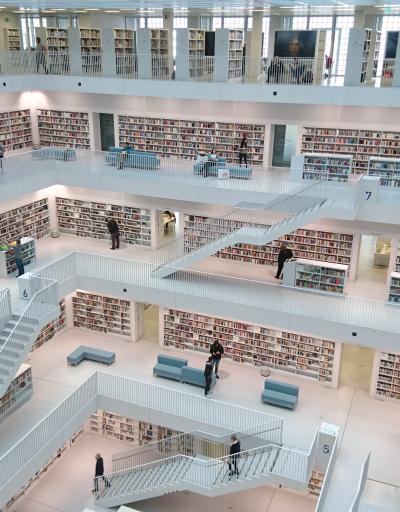
Shutterstock
The formation and development of creative and cultural spaces in the urban environment

Where
Belarus
Belarus
When
2020
2020
Who
The book shop lohvinau, the "ў" gallery of contemporary art, the korpus cultural center, cultural hub ok16
The book shop lohvinau, the "ў" gallery of contemporary art, the korpus cultural center, cultural hub ok16
Website of the policy/measure
Website
Website
Read the full report
Go to full report
Go to full report
Description of the policy/measure
A relatively new and dynamically developing phenomenon of the last three years is the development of public cultural spaces, which, on the one hand, act as an infrastructure for the development of cultural and social activity, and on the other hand, have their own agendas and programs (the book shop lohvinau, the "у" gallery of contemporary art, the korpus cultural center, cultural hub ok16, etc.). a feature of this process in the city of minsk is that these spaces usually appear in the former industrial zones, where they initiate active revitalization of the industrial heritage monuments. a trend towards the creation and development of independent cultural spaces is also observed in the regions where there are objects of historical and cultural heritage: for example, the “valley of angels” in mozyr, gomel region, a museum and cultural center dedicated to the famous art association of the 1920s, unovis in the building of the former art school in vitebsk, the kola center and the center for urban initiatives (mogilev), the ethnic-shop tsudounya (grodno), the kryly khalopa space (brest), the 1387 time club ( bobruisk) and others. cultural spaces serve not only as an infrastructure for various cultural events (i.e. they host different cultural initiatives), but also become new active cultural players, initiating their own programs and events. these open and independent spaces involve a wide range of people in their activities, which are not limited to social, thematic or format frameworks.
2005 Convention Monitoring Framework Goal(s)
Area(s) of Monitoring
Cultural Domain(s)
Transversal Priority(ies)
This measure was reported by civil societyResults achieved
1) promotion the cultural heritage protection and revitalization; 2) reduction of social distance between different groups; 3) development of national content, emphasis on youth policy; 4) promoting the development of social and creative entrepreneurship, improving the employment situation of young people; 5) promoting the development of creative freedom and mobility of artists and artists, intercultural dialogue and cultural diversity.


